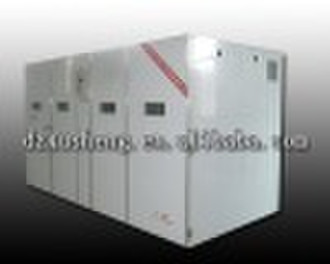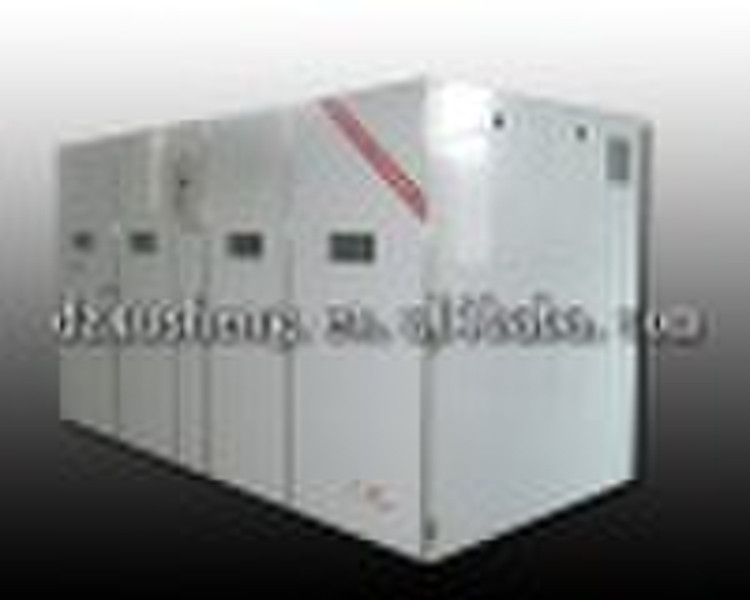Catalog
-
Catalog
- Agriculture
- Apparel
- Automobiles & Motorcycles
- Beauty & Personal Care
- Business Services
- Chemicals
- Construction & Real Estate
- Consumer Electronics
- Electrical Equipment & Supplies
- Electronic Components & Supplies
- Energy
- Environment
- Excess Inventory
- Fashion Accessories
- Food & Beverage
- Furniture
- Gifts & Crafts
- Hardware
- Health & Medical
- Home & Garden
- Home Appliances
- Lights & Lighting
- Luggage, Bags & Cases
- Machinery, Hardware & Tools
- Measurement & Analysis Instruments
- Mechanical Parts & Fabrication Services
- Minerals & Metallurgy
- Office & School Supplies
- Packaging & Printing
- Rubber & Plastics
- Security & Protection
- Service Equipment
- Shoes & Accessories
- Sports & Entertainment
- Telecommunications
- Textiles & Leather Products
- Timepieces, Jewelry, Eyewear
- Tools
- Toys & Hobbies
- Transportation
Filters
Search
Turkey Egg Incubator
Dezhou, China
86-534-2187613

Qianhui Li
Contact person
Basic Information
| Place of Origin | Shandong China (Mainland) |
|---|---|
| Brand Name | XuSheng |
| Model Number | XSB-10 |
The Turkey Incubator Model DescriptonModelEgg Incubator Holding Capacity(PCS)VoltagePower ConsumptionDimension (length*width*height) (Meter)Chicken eggs Pingeon eggsDuck eggs Turkey eggsGoose eggsQuail and other birds eggsTurkey1971214112806447264220V 50HZ 5000W3.72 * 1.95 *2.15Turkey egg incubator characteristics:Dual energy source: Electricity or coal; Fully automatic in temperature and humidity control, automatically alarm when parameters going abnormal, automatic in eggs turning; Dual-purpose, suitable for both incubation and hatching; Turkey egg incubation technique Turkey egg incubation period(time), incubation temperature, humidity, and transferring to hatcher dateIncubation period28 daysIncubation temperature99.5 F(37.5°C)Incubation humidity55%-60%(Wet bulb temp: 84-86F)Transfer to hatcher date25th dayHatcher condition90-94FTurkey incubation techniqueTurkey incubation is similar to most of other species incubation. Important things include obtaining fresh fertile eggs, create a good incubation condition before setting eggs, candling on the 8th of incubation, and so on.1. Temperature Temperature is the most important factor for turkey incubation. Due to relatively high content of fat and heat produce from turkey itself, generally, the incubation temperature should be a little lower than that for chicken incubation. Furthermore, the temperature should be reduced as the embryo’s age increases. In terms of temperature, the incubation can be divided into constant temperature incubation and changing temperature incubation. Constant temperature incubation is suitable for different batches of eggs added in succession, while changing temperature incubation is suitable for the case in which the whole batch of eggs are added at the same time. Under changing temperature incubation, follow this: 1—3days:37.8°C; 4—14days:37.7°C, 15—20days:37.5°C;21—25days:37.2°C; 26—28days:36.4°C.2. HumidityThe humidity degree required by turkey incubation is quite stable, 50%-60% for incubator and 65%-75% for hatcher. Excess temperature or inadequate humidity may influence the embryonic development, therefore should be strictly prohibited. Inefficient humidity may cause excess evaporation of the water in turkey eggs, thus, lead to sticking between the embryo and the egg membrane, and dehydration of the poults. On the contrast, high humidity will produce poults with big stomach and poor navel healing. The humidity for the hatcher should be 75%.3. VentilationDuring embryonic development, the embryos continuously exchange air with the ambient environment, except the first several days of incubation. This is especially active and more oxygen is needed in the later stage, when the allantois breathing transfers to lung breathing. Embryos death before hatching has much to do with the ventilation.Ventilation also has much to do with the embryos’ heat dissipation. In the later stage of incubation, the embryos development is fast and more heat is produced. That the heat cannot be dissipated due to poor ventilation will obstruct the normal embryonic development and even burn the embryos into death. Therefore, the circulating fan not only supplies oxygen and expels carbon dioxide, but also help dissipate the heat in the incubator.4. Turning eggsThe main purpose of turning eggs is to change embryos’ position and prevent sticking to egg membrane, boost amnion’s movement. Try to turn the eggs once every two hours, and each time 90 degree.5. Cooling eggsIn the later stage of incubation, because of increase in the temperature of the embryo itself, much heat is given off. In this case, it is specially important to keep the eggs cool. Cooling eggs can adjust the speed of embryonic development. Methods: To open the incubator and pull the egg trays out by 2/3 and then continue incubation when the egg surface temperature falls down to 33°C.In actual practice, cooling eggs is not a must for incubation. It must be done according to the actual situation, by taking incubation days, outdoor temperature and incubator performance into consideration.
Delivery terms and packaging
Packaging Detail: with the best quality of wooden case Delivery Detail: within 3 days after getting the confirmation of the order
Port: QingDao portDaLian port
Payment term
Letter of credit
Telegraphic transfer
MoneyGram
Western Union
-
Payment Methods
We accept:









